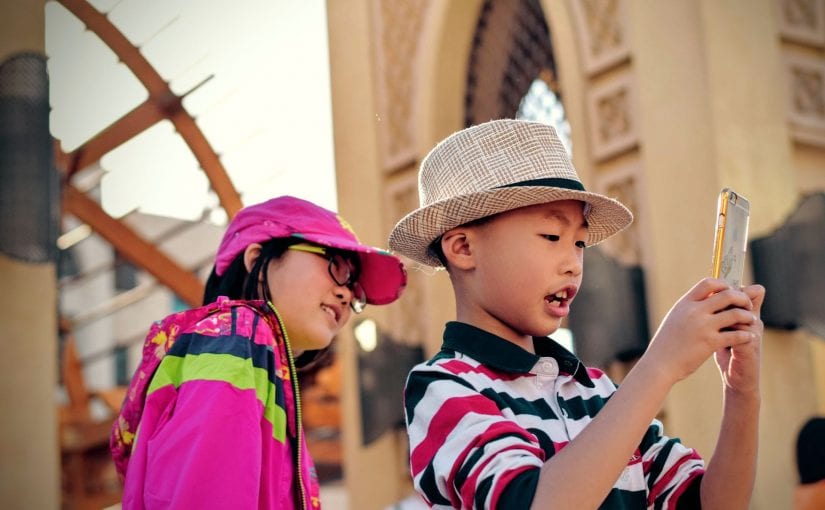In a recent publication by Education Week’s Learning the Language blog, journalist Corey Mitchell discusses the benefits of social media for English Language Learners (ELLs).
Citing two studies from the University of Minnesota, Mitchell acknowledges that “Guided use of social media in classrooms can help boost the literacy and language development of English-learners in multiple languages.”
For dual language and monolingual classrooms alike, these research studies show that social media can “promote multilingual communication in classes” and, if implemented properly, can “strengthen [student] engagement in classroom activities by providing opportunities to write about themselves” using social media.
As written by the authors in one study, “For many refugees, connectivity is vital: smartphones and mobile technology are crucial tools for refugees worldwide, particularly during times of mobility and then when adjusting to a new country… for immigrants, refugees, and migrants, this means that leaving home does not necessitate absolute disconnection to the homeland or to the home language.”
In both studies, researchers remarked on how social media “paved the way for more complex language use,” leading to interactive group learning and instinctive communication. Furthermore, students had lower inhibitions about writing and reading in English.
Here are the research study abstracts: “Social Presence and Identity: Facebook in an English Language Classroom” and “Literacy as a Social Media Practice: Refugee Youth and Native Language Literacy at School.”
For those interested in implementing social media in the classroom, please peruse this recent Edutopia article. Written by Anxo Otero, this article provides three distinct methods of using social media (particularly Twitter) in the classroom. Given its malleable nature, its brevity, and its world-wide use, Twitter is a practical and effective source of language learning for both ELLs and English speakers.
Otero recommends the following three ways to implement Twitter in your classroom:
- What’s hidden? Select a tweet with an image. Cover the image, then have the students read the text and quickly draw or write their best guess as to what the image is.
“This is a quick, low-stakes way to assess students’ command of vocabulary. Depending on your students’ proficiency, it can also be a chance to review reading comprehension strategies, encourage making comparisons, or reflect on cultural or language conventions.”
- Sketch what you heard: One student looks at a tweet with an image and describes the image in the target language to the class. Students who are not looking at the image will sketch an image based on description. At the end, students can vote on the most accurate rendering of the tweet image.
“This activity is particularly valuable because it immerses students in a cognitively demanding activity. They are talking without notes, recalling relevant vocabulary, and thinking about using full sentences and all the interdependent parts that build them, in an activity that does not create much pressure or stress. And monitoring their oral production can help you find or determine grammar, vocabulary, and pronunciation difficulties.”
- Read and comment: As the teacher, find strings of words in tweets containing relevant grammar or vocabulary items. Put these on the board. Students will then read the tweets on the board and then comment (i.e. respond) their understanding on one tweet. Depending on student level, you may want simple responses, multiple responses, specific structures of vocabulary used, or you may utilize more complex subject matters such as “global citizenship or access to health care.”
Melissa Hoppie, Graduate Research Assistant

